CARING WITH FAMILY
|
| The degree of affection a breed tends to display towards family members and familiar individuals can vary. Certain breeds may seem distant towards everyone except their owner, whereas others treat everyone they know as their closest companion. |
LOVE WITH CHILDREN
Unwise
Good With Children
|
| The extent to which a breed can tolerate and exhibit patience towards children's behavior, as well as its overall family-friendly nature, can differ across breeds. It is essential to always supervise dogs around young children or children of any age who have limited experience with dogs. |
BEHAVIOR WITH DOGS
Unwise
Good With Other Dogs
|
| The level of friendliness a breed tends to exhibit towards other dogs can vary. While it is important to always supervise interactions and introductions between dogs, certain breeds are naturally more inclined to get along well with other dogs, both in home environments and in public settings. |
SHEDDING LEVELS & MANAGEMENT
No Shedding
Hair Everywhere
|
| The amount of fur and hair that a breed is prone to shedding can vary. Breeds with high shedding tendencies will generally require more frequent brushing, are more likely to trigger allergies in some individuals, and may necessitate more regular vacuuming and lint-rolling to keep the environment clean. |
COAT GROOMING STANDARDS
|
| The grooming needs of a breed, including bathing, brushing, trimming, and other coat maintenance, can vary in frequency. It's important to take into account the time, patience, and budget you have available for grooming when considering a breed. While all breeds require regular nail trimming, the specific grooming requirements for coat care can differ greatly between breeds. |
DROOLING INTENSITY
Less Likely to Drool
Always Have a Towel
|
| The tendency of a breed to drool can vary significantly. If you prioritize cleanliness and dislike the idea of ropes of slobber on your arm or large wet spots on your clothes, it might be wise to avoid breeds that are known to be prone to excessive drooling. |
COAT STYLES GUIDE |
| Smooth |
| COAT SPECTRUM |
| Short |
FRIENDLINESS
Reserved
Everyone Is My Best Friend
|
| The level of welcomeness a breed displays towards strangers can vary. Certain breeds tend to be reserved or cautious around all strangers, regardless of the location, while others are generally more inclined to greet and interact with new humans whenever they are around. |
LIVELINESS
Only When You Want To Play
Non-Stop
|
| The level of enthusiasm a breed exhibits towards play can vary. Some breeds will continue to enjoy playing tug-of-war or fetch well into their adult years, displaying a strong desire for playful activities. On the other hand, certain breeds may be more content to relax on the couch with you most of the time, showing less interest in prolonged play sessions as they age. |
VIGILANCE INTENSITY
What's Mine Is Yours
Vigilant
|
| Some breeds have a greater tendency to alert their owners when they sense the presence of strangers. These breeds are more likely to react to any potential threat, whether it's the mailman or a squirrel outside the window. However, it's important to note that these breeds can also warm up to strangers who enter the house and are accepted by their family. |
ADAPTATION CAPACITY
Lives For Routine
Highly Adaptable
|
| The adaptability of a breed to handle change can vary. Some breeds are more resilient and adaptable to changes in living conditions, noise levels, weather, and daily schedules. They can easily adjust to different situations and variations in day-to-day life. On the other hand, certain breeds may find changes more challenging and may require more time and support to adapt to new circumstances. |
OBEDIENCE LEVEL
Self-Willed
Eager to Please
|
| The ease of training and the willingness of a dog to learn new things can vary between breeds. Some breeds are known for their intelligence and eagerness to please their owners, making them more receptive to training and eager to learn new commands and behaviors. Other breeds may exhibit a more independent or stubborn nature, making training a bit more challenging as they may prefer to do what they want, when they want, and where they want. It's important to consider the breed's temperament and characteristics when assessing the ease of training. |
STAMINA LEVEL
|
| The amount of exercise and mental stimulation a breed requires can vary greatly. High-energy breeds tend to be ready and eager for physical activities and are often up for the next adventure. They thrive on running, jumping, and playing throughout the day, requiring significant exercise to keep them mentally and physically stimulated. On the other hand, low-energy breeds are more inclined to be content with laying around and snoozing. They typically have lower exercise needs and are generally more relaxed and calm in their temperament. It is important to match a dog's exercise requirements with your lifestyle to ensure their well-being and happiness. |
VOCALIZATION
|
| Likes To Be Vocal |
LEARNING CURIOSITY LEVEL
Happy to Lounge
Needs a Job or Activity
|
| Determining the optimal level of mental stimulation required to keep a specific breed content and in good health is crucial. Breeds that have been specifically developed for certain purposes may necessitate tasks that demand decision-making, problem-solving, concentration or other mental skills. Failing to provide them with adequate mental exercise may result in their initiation of self-created endeavors to keep their minds occupied. However, it's important to note that these self-initiated projects might not align with your preferences. |
| COLORS |
|
Description
|
Registration Code
|
|
Blue
|
037
|
|
White Black & Tan
|
219
|
|
Blue Tan & White
|
291
|
|
Black & Tan
|
018
|
|
Black Tan & Blue Tick
|
029
|
|
Black Tan & White
|
030
|
|
Black White & Tan
|
034
|
|
Brown & White
|
063
|
|
Brown White & Tan
|
066
|
|
Lemon & White
|
115
|
|
Tan & White
|
197
|
|
Red & White
|
146
|
|
Black Red & White
|
027
|
|
| PATTERNS |
|
Description
|
Registration Code
|
|
Ticked
|
013
|
|



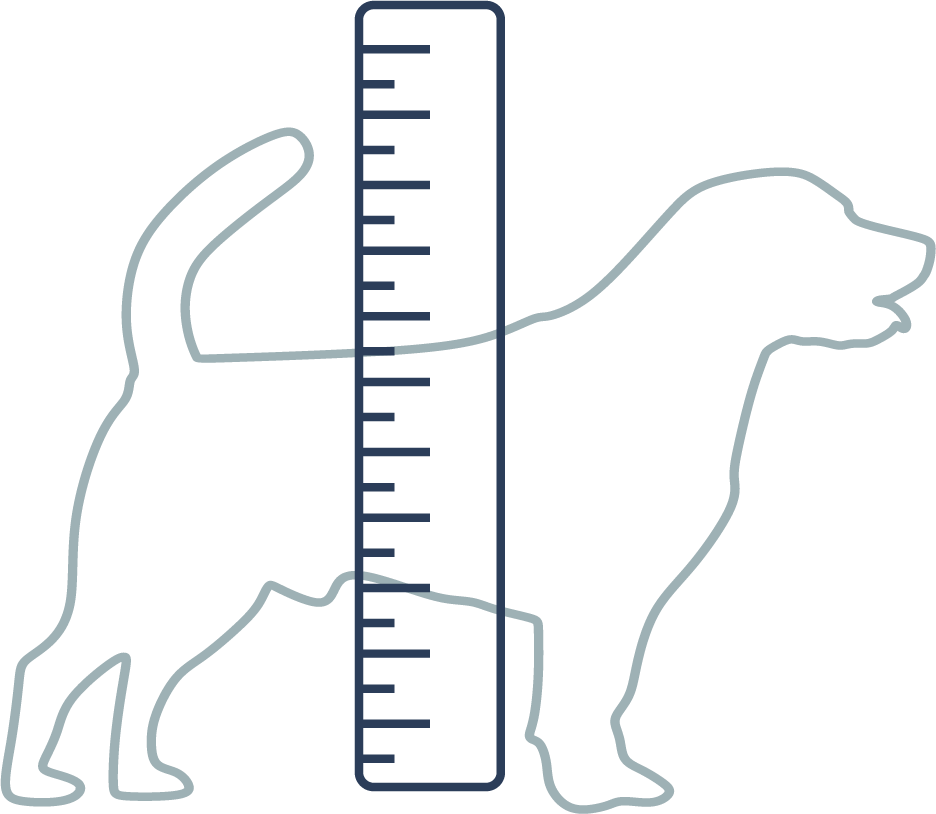


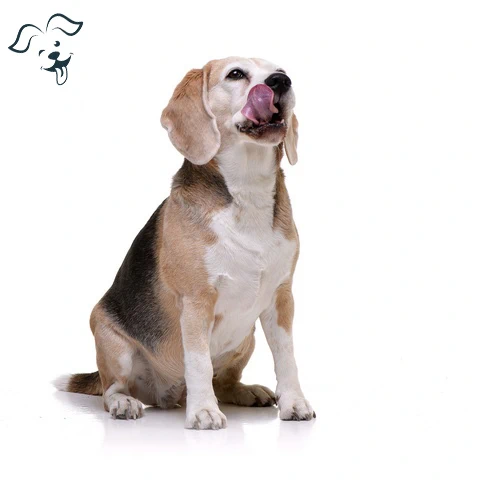
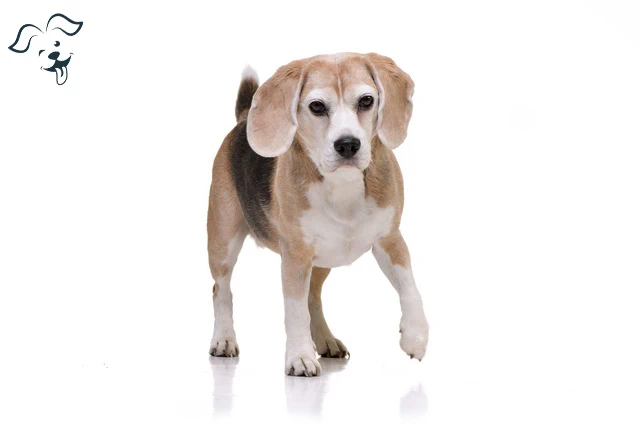
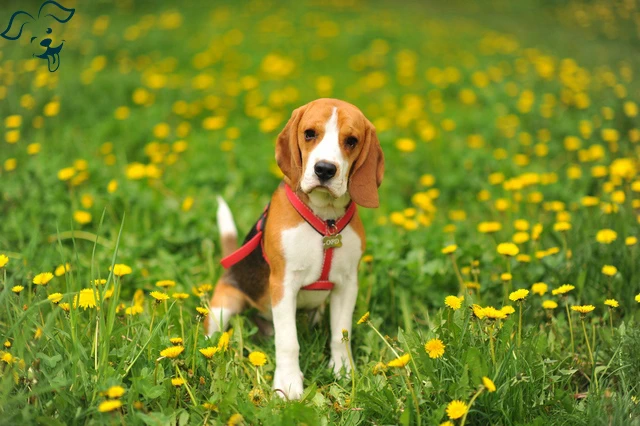
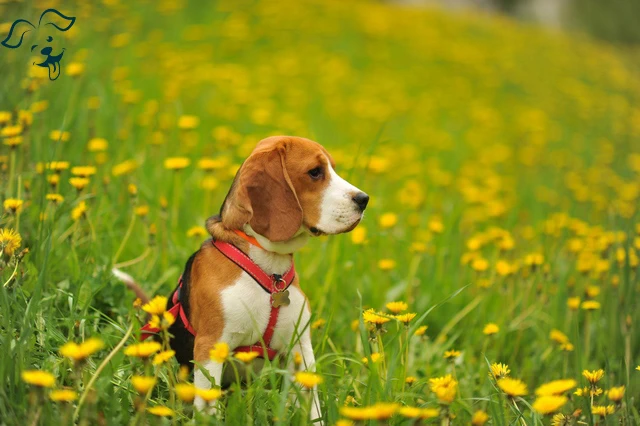





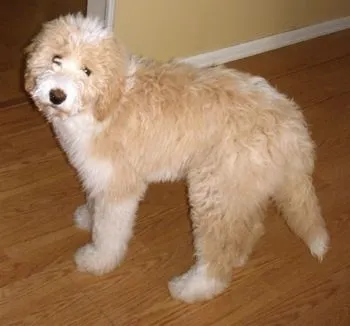
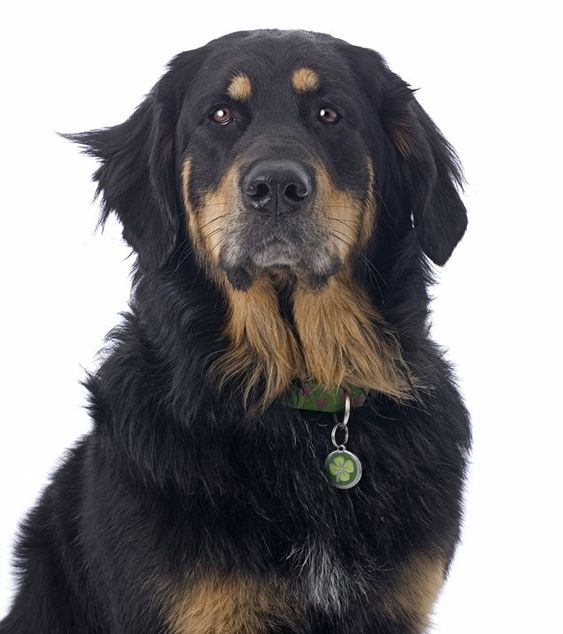
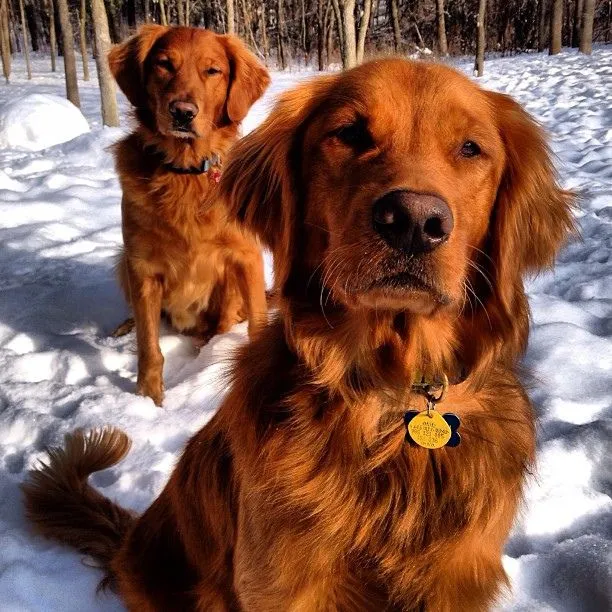
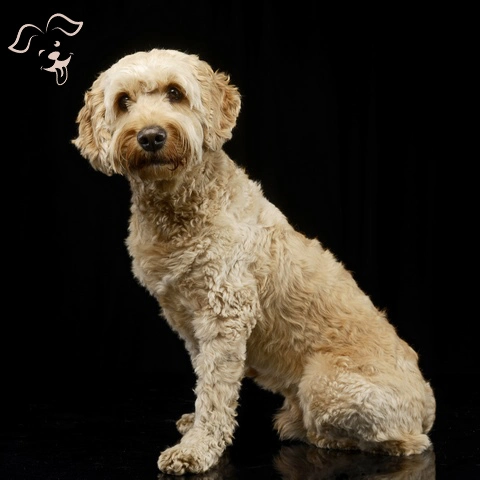
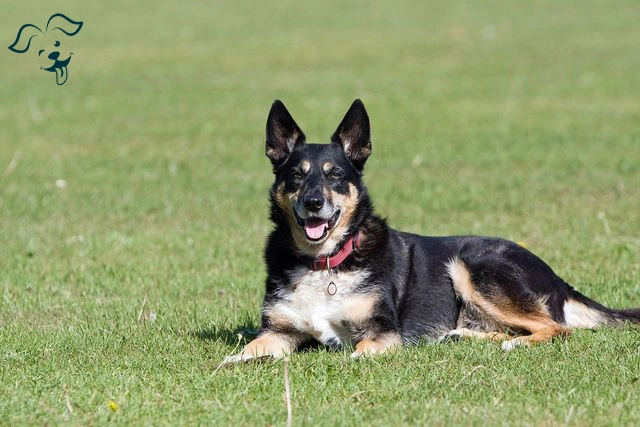
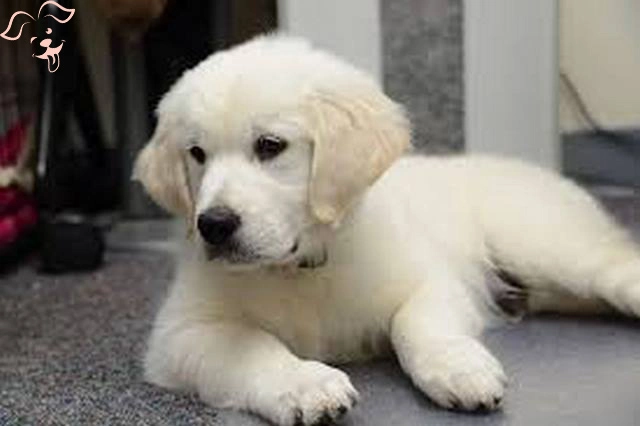
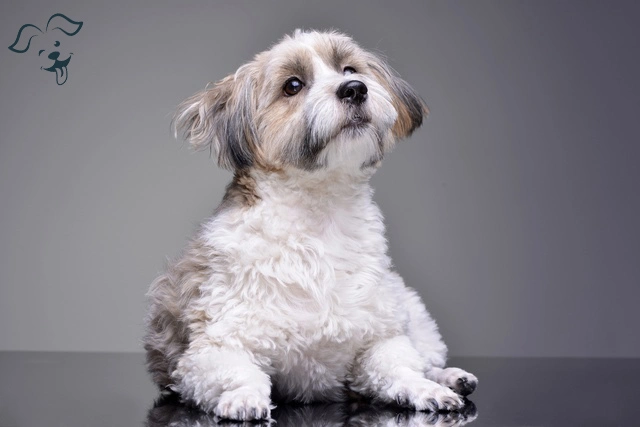
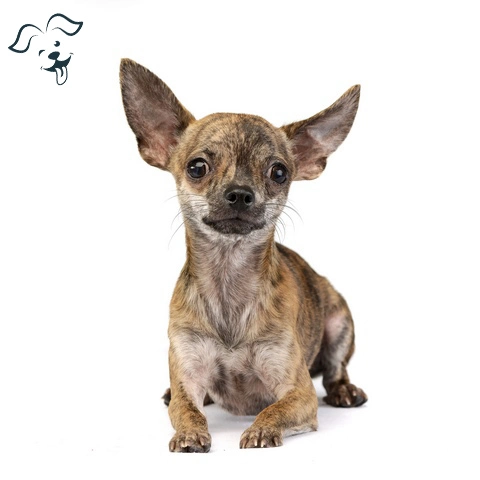
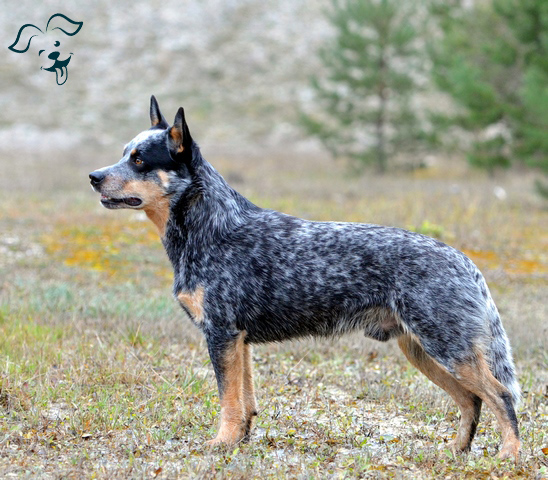
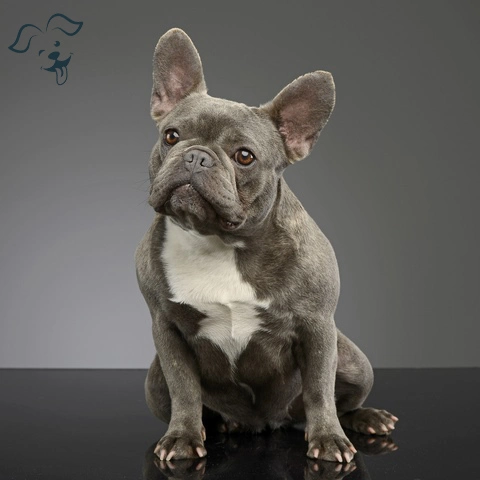
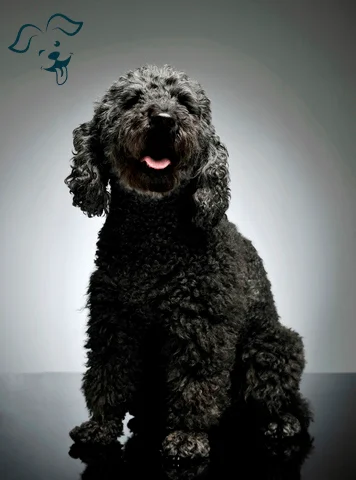
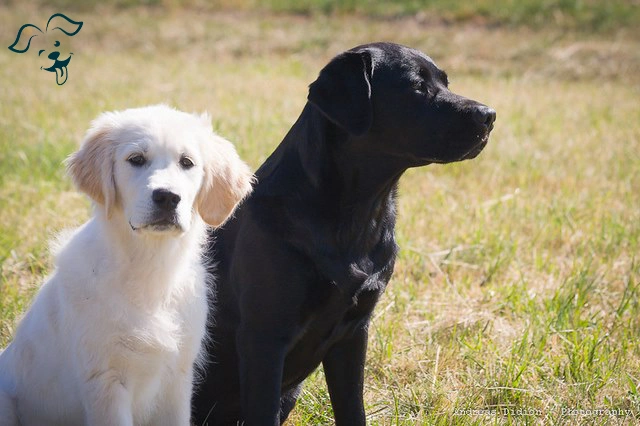
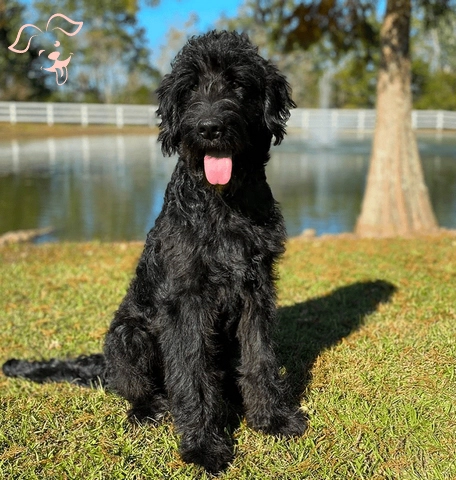
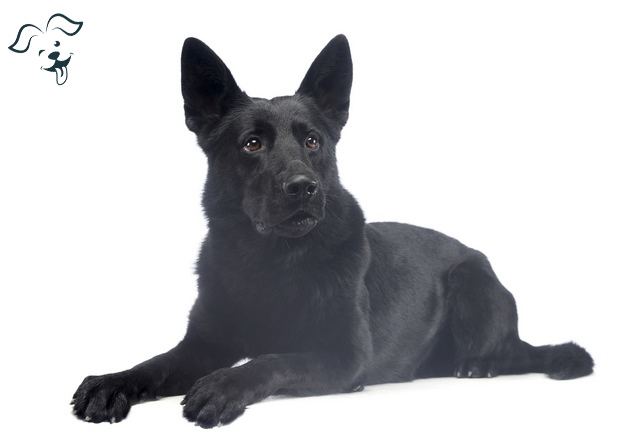
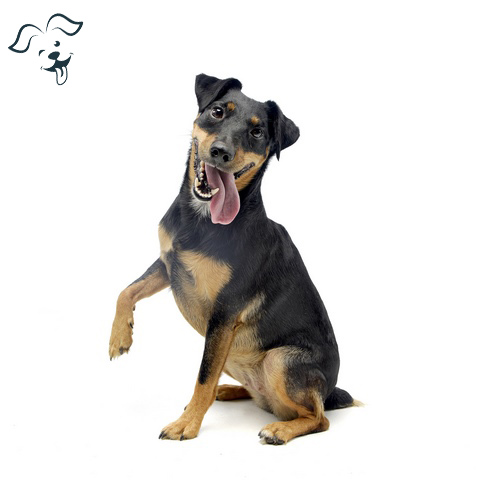
FRIENDLINESS
LIVELINESS
VIGILANCE INTENSITY
ADAPTATION CAPACITY